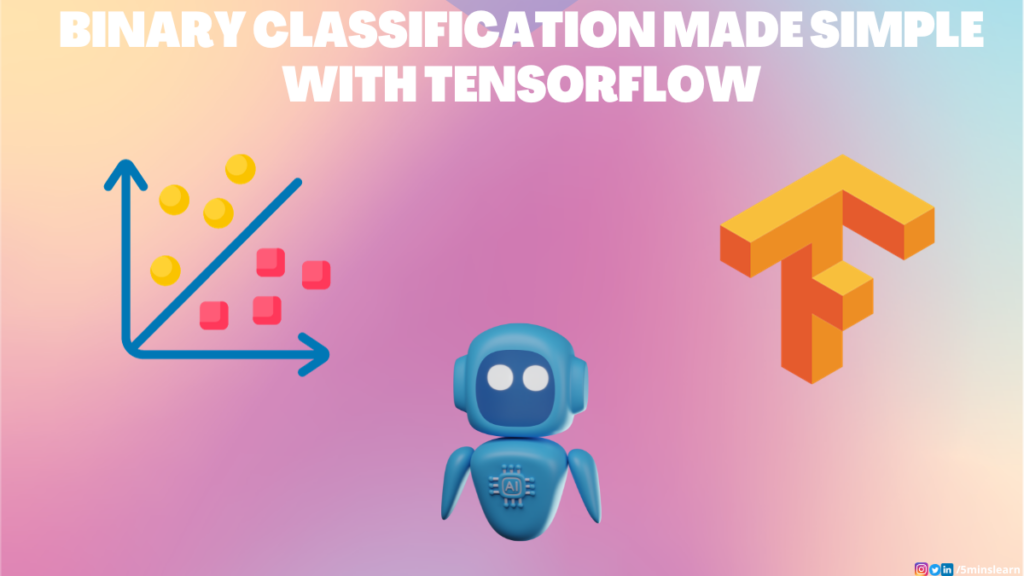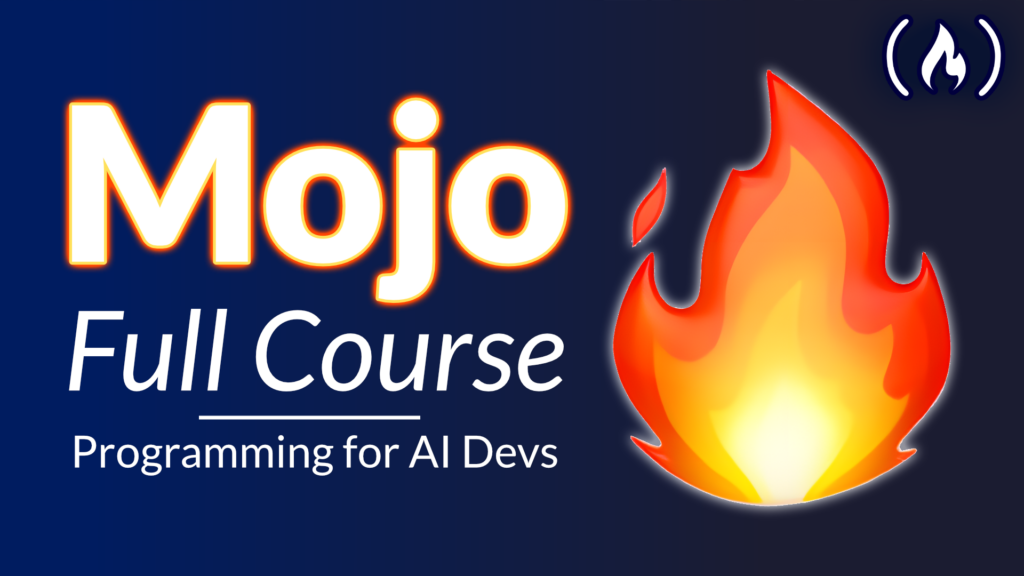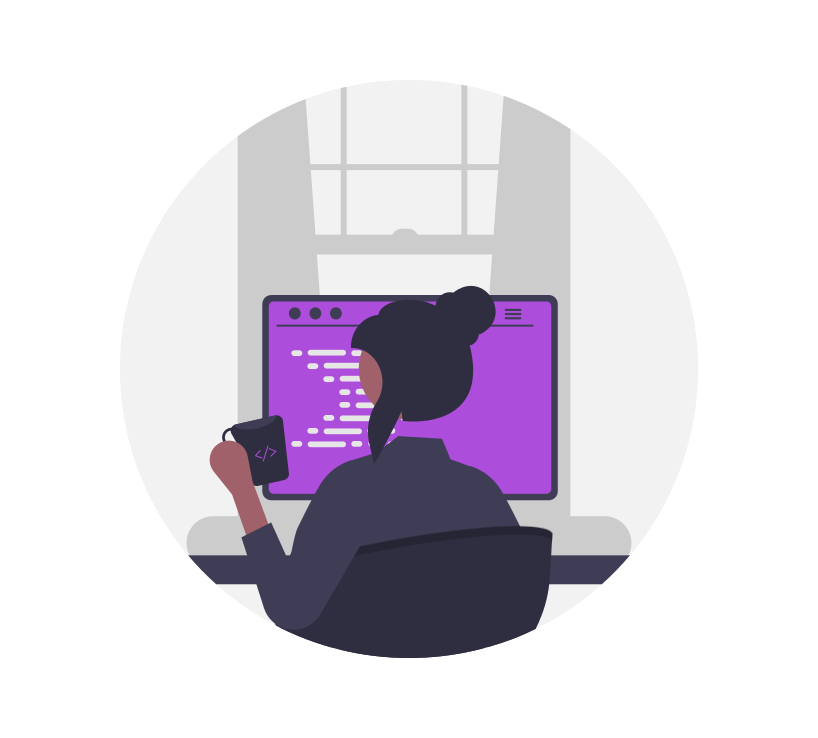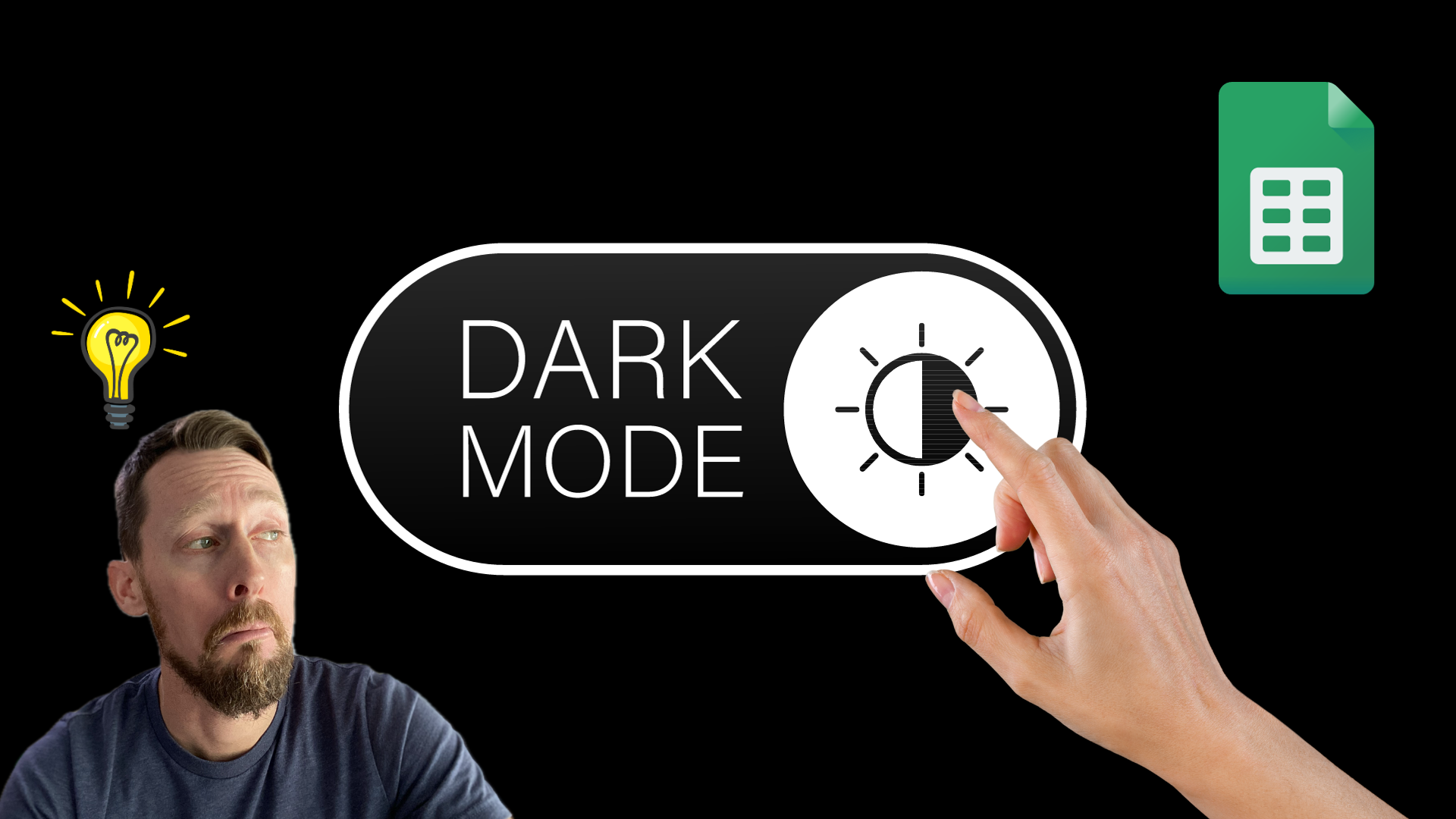In the article “Create a Self-Playing AI Chess Engine from Scratch with Imitation Learning,” Eivind Kjosbakken provides a comprehensive guide on how to develop a self-playing chess engine using imitation learning. The article explores the concept of imitation learning and its application in creating an AI-powered chess engine. With step-by-step instructions and code examples, the author takes readers through the process of building the engine from scratch, making it an invaluable resource for both aspiring AI developers and chess enthusiasts looking to explore the intersection of artificial intelligence and gaming.
Create a Self-Playing AI Chess Engine from Scratch with Imitation Learning

Overview of AI Chess Engines
AI chess engines are computer programs that can play chess against human opponents or other chess engines. These engines use artificial intelligence algorithms and techniques to evaluate and make decisions on moves and strategies during gameplay. They have significantly advanced the world of chess by providing strong opponents for players of all skill levels.
In this article, we will explore the process of creating a self-playing AI chess engine from scratch using imitation learning. Imitation learning is a machine learning technique that involves learning from expert demonstrations rather than from explicit programming or trial-and-error.
Introduction to Imitation Learning
Imitation learning is a machine learning approach where an AI system learns to perform a task by imitating the behavior demonstrated by expert humans or other AI systems. It is particularly useful in cases where expert demonstrations are available, but it may be challenging to explicitly program the behavior.
In the context of creating an AI chess engine, imitation learning can be used to train the engine to make moves and decisions similar to those of grandmaster-level players. Instead of relying solely on traditional chess algorithms and heuristics, the engine will learn from expert demonstrations to improve its gameplay.
Setting up the Development Environment
Before diving into the implementation of the AI chess engine, it is essential to set up the development environment. This includes choosing a programming language, installing the required libraries and tools, and setting up a virtual environment.
Choosing a programming language is subjective, and various languages can be used for AI development. Popular choices include Python, Java, and C++. For the purpose of this tutorial, Python will be used due to its simplicity and extensive libraries for machine learning.
Once the programming language is chosen, install the necessary libraries and tools required for developing the AI chess engine. This may include libraries for neural networks and machine learning algorithms.
Setting up a virtual environment is recommended to keep the project’s dependencies isolated from the system’s global Python environment. This allows for easier management of library versions and avoids conflicts with other projects.
Building the Game Logic
To create an AI chess engine, a solid understanding of the game’s rules and mechanics is crucial. Chess is a complex game with specific rules for piece movement, capturing, and game state management. By understanding these rules, the engine can make informed decisions and accurately simulate gameplay.
The first step in building the game logic is designing the chessboard. For a standard chessboard, an 8×8 grid with alternating light and dark squares is used. Each square can be represented by a coordinate system, such as algebraic notation (e.g., A1, B2, etc.), to uniquely identify its position.
Next, implement the piece movement and capturing logic. Each chess piece has specific movement patterns, such as the knight’s L-shaped movement or the bishop’s diagonal movement. Additionally, the engine should handle the capture of opponent pieces based on the current position and movement rules.
Finally, implement the game state and turn management. This includes keeping track of the current board position, determining legal moves for the current player, and detecting checkmate or stalemate conditions.

Creating the Neural Network
The neural network is a crucial component of the AI chess engine as it allows the engine to learn and make informed decisions based on input data. Neural networks are machine learning models inspired by the human brain’s structure and functioning.
When designing the neural network architecture, consider the choice of input features and output labels. In the case of an AI chess engine, common input features include the current board position, the player’s pieces, and any additional game-related information. The output labels represent the desired moves or decisions based on the given input.
After finalizing the neural network’s architecture, implement the model using the chosen programming language and machine learning libraries. This typically involves defining the layers, activation functions, and optimizer for training the network.
Collecting Training Data
To train the AI chess engine using imitation learning, it is necessary to collect training data consisting of expert demonstration games. Expert demonstration games can be obtained from grandmaster-level players or existing chess engine gameplay.
During the collection of training data, record the game moves, including the board position and the corresponding action chosen by the expert. This data will be used to train the neural network to imitate the expert’s gameplay.

Preparing the Training Data
Once the training data is collected, it is essential to preprocess and prepare the data for training the neural network. This includes cleaning the data, normalizing the input features, and encoding the output labels.
Preprocessing the game data involves removing any unwanted information or noise from the recorded games. This ensures that the training data is clean and relevant for training the AI chess engine.
Next, normalize the input features to ensure that they have a consistent scale and distribution. Normalization improves the stability of the neural network during training and aids in the convergence of the model.
In the case of categorical output labels, such as the desired move for a chess piece, one-hot encoding can be used to transform the labels into a binary representation. This allows for easier training and comparison during the imitation learning process.
Implementing the Imitation Learning Algorithm
Imitation learning involves training the neural network using the collected and prepared training data. This is typically done using supervised learning, where the network learns to map input features to output labels based on the expert demonstrations.
To implement the imitation learning algorithm, split the prepared training data into training and validation sets. The training set will be used to optimize the neural network parameters, while the validation set can be used to evaluate the model’s performance.
Using the training set, train the neural network using techniques such as gradient descent and backpropagation. These techniques update the network’s weights and biases iteratively, reducing the difference between the predicted outputs and the expert demonstrations.

Training the AI Chess Engine
After implementing the imitation learning algorithm, it’s time to train the AI chess engine. This involves feeding the training data into the neural network and iteratively optimizing its parameters to minimize the difference between the predicted moves and the expert demonstrations.
During the training process, monitor the neural network’s performance using the validation set. This allows for early detection of overfitting or underfitting, where the model may perform well on the training data but poorly on unseen data.
Depending on the size of the training data and the complexity of the neural network, training an AI chess engine can take a significant amount of time and computational resources. It is advisable to use hardware acceleration, such as GPUs, to speed up the training process.
Evaluating the AI Chess Engine
After training the AI chess engine, it is essential to evaluate its performance to assess its capabilities and identify any areas for improvement. This can be done by measuring the engine’s win rate against human opponents or other chess engines.
During the evaluation process, test the AI chess engine against a range of opponents with different skill levels. This helps determine the engine’s playing strength and identify any weaknesses in its gameplay or decision-making.
It is important to note that AI chess engines are not expected to play perfectly and may make suboptimal moves or mistakes similar to human players. The goal is to achieve a balance between strong gameplay and realistic decision-making.

Fine-Tuning and Improving the AI Chess Engine
Once the AI chess engine is evaluated, it may be necessary to fine-tune and improve its performance. This can be done by adjusting various parameters, such as the neural network architecture, training data, or training algorithm.
Fine-tuning the neural network architecture may involve adding additional layers, changing activation functions, or adjusting hyperparameters. Experimentation and iteration are key in finding the optimal architecture for the AI chess engine.
Additionally, collecting more training data or diversifying the existing data can help improve the engine’s gameplay and decision-making. By exposing the engine to a broader range of chess positions and strategies, it can learn to make more informed and accurate moves.
Conclusion
Creating a self-playing AI chess engine using imitation learning is a challenging but rewarding task. By leveraging the power of neural networks and expert demonstrations, it is possible to develop an engine that can play chess at a high level.
In this article, we provided an overview of AI chess engines, introduced imitation learning, discussed setting up the development environment, building the game logic, creating the neural network, collecting and preparing training data, implementing the imitation learning algorithm, training and evaluating the AI chess engine, and fine-tuning and improving its performance.
Although the process may be complex and time-consuming, the end result is an AI chess engine that can provide a challenging opponent for players of all skill levels. With further advancements in AI and machine learning, the capabilities of AI chess engines will continue to improve, offering exciting possibilities for the future of the game.

